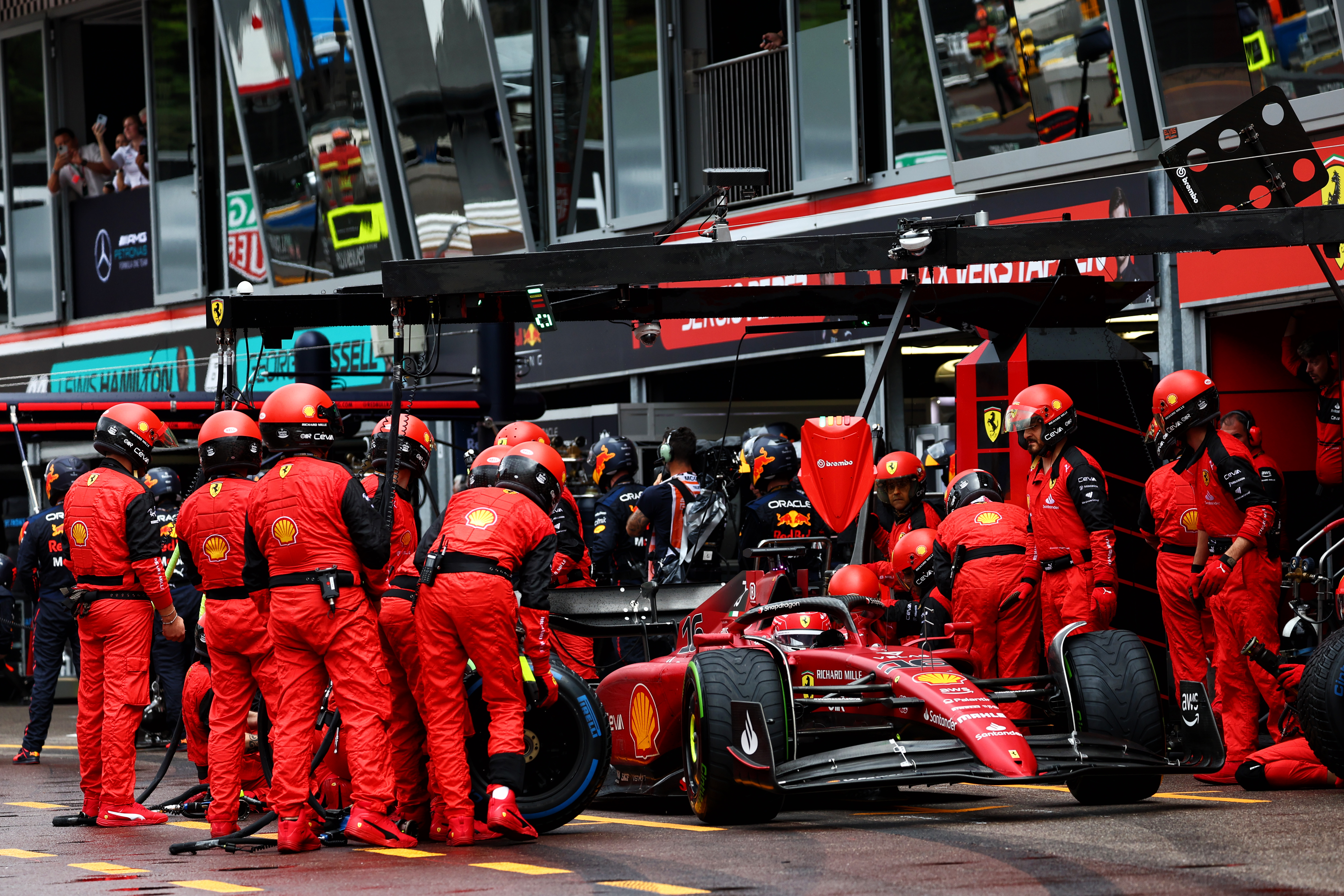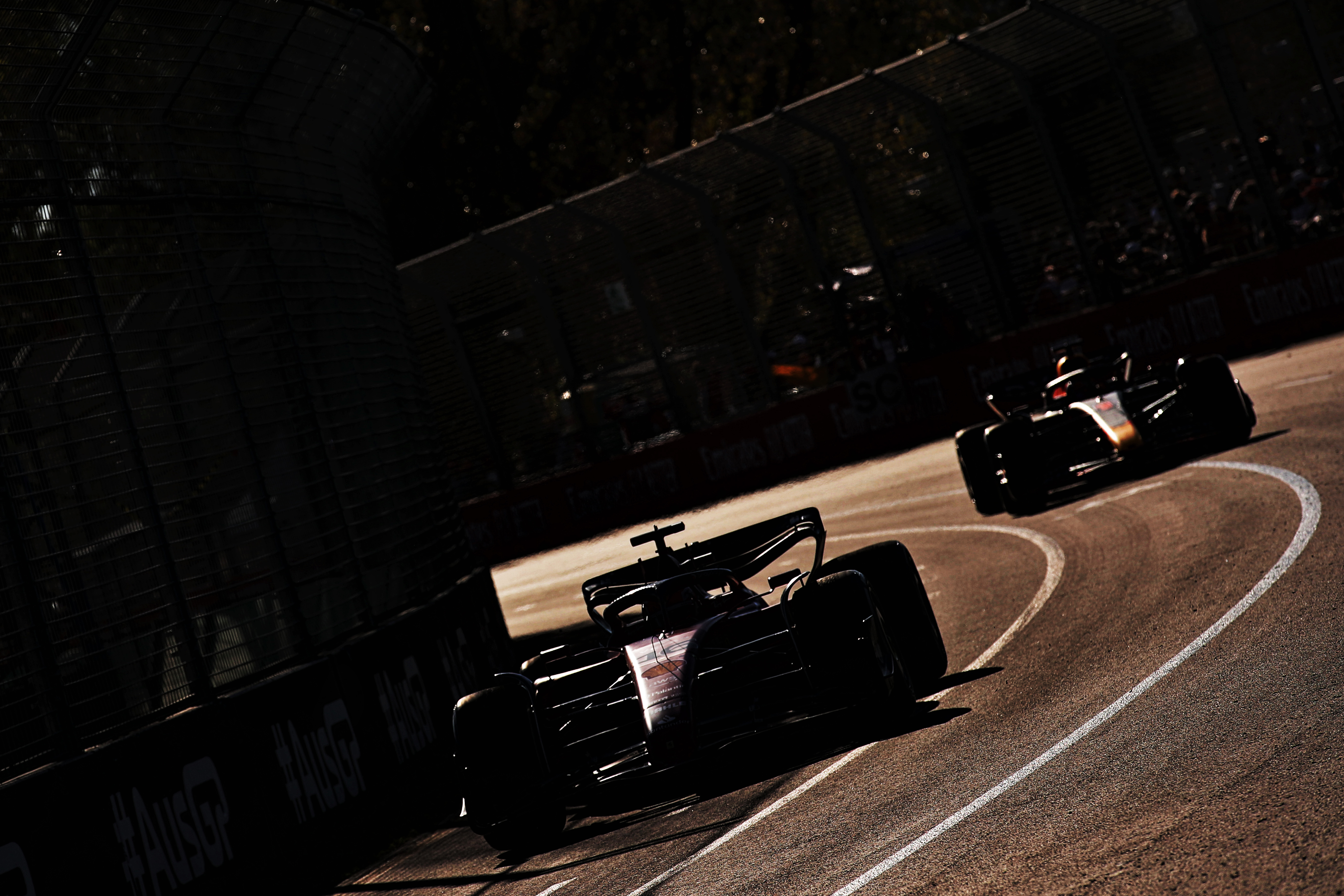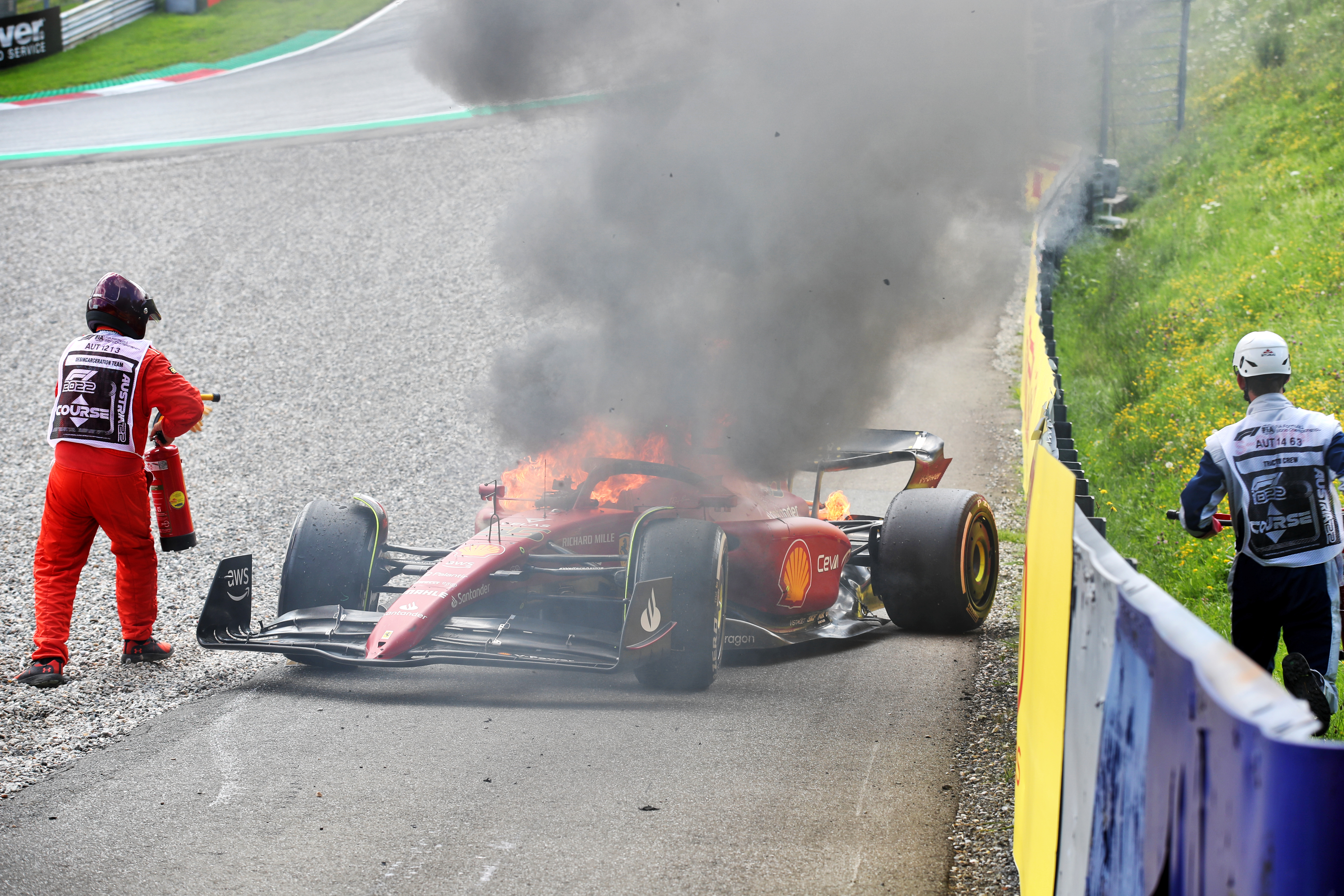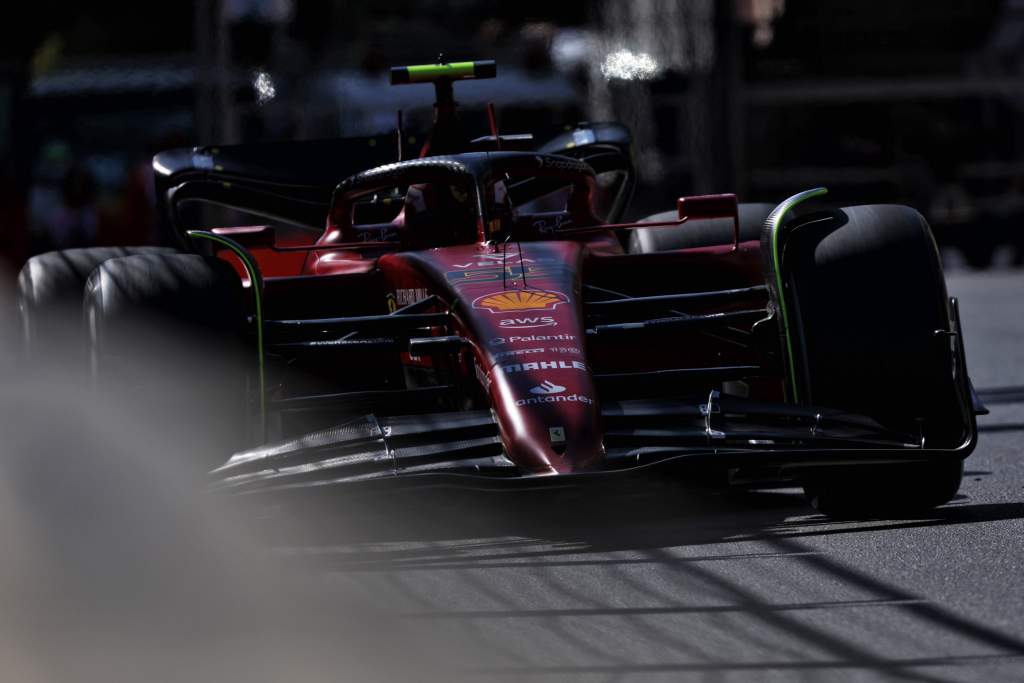Up Next

Ferrari’s 2022 Formula 1 season was the ultimate curate’s egg. Judged by Saturdays, it was a triumph, but Sundays were often bitterly disappointing. The disparity imbued Maranello with a sense of failure, leading to the resignation of team principal Mattia Binotto.
Yet there were plenty of positives. After two winless years, it bagged four victories and rejoined the lead group. It also produced a distinctive car that was capable, over a single lap at least, of taking the fight to Red Bull, and produced the most potent power unit.
The downsides were that it left multiple potential victories on the table and made too many mistakes. The reliability problems not only cost results, but also had a knock-on effect on performance given it had to run its engine more conservatively after Baku.
Despite visible porpoising problems, the Ferrari proved rapid. It created prodigious downforce in the fast corners, based on GPS at times more than Red Bull, with the low-end performance of the power unit giving it tremendous kick off slower corners. It also had a peak power advantage over the Honda engine of around 10bhp.
Perhaps the year is best summed up by the fact it managed just four victories despite 12 pole positions. Two of those wins were in the first three races, which combined with Max Verstappen and Red Bull’s misfortune gave Charles Leclerc a 46-point lead over the title favourite. The grading curve was transformed, with Ferrari in the position to challenge for a world championship for the first time since 2018. Expectations skyrocketed.
What followed was a litany of missed opportunities. The misfortune began in Spain, where Leclerc would have won but for a failure that damaged the turbocharger and MGU-H.

Next time out in Monaco, Ferrari had command of the race with Leclerc but botched his strategy, handing victory to Sergio Perez. Leclerc also led in Baku when he suffered an engine failure, which resulted in a grid penalty for the next race in Montreal. There, Carlos Sainz finished second after pressuring Verstappen for victory but, given their relative form at that stage of the season, Leclerc might well have been ahead of both given a normal weekend.
Leclerc then made his contribution to this painful run by crashing out of the lead of the French Grand Prix while pushing on at the end of his first stint after Verstappen had made an earlier pitstop.
Even at Silverstone, where Sainz claimed his first grand prix win, Ferrari got its strategy wrong for Leclerc by leaving him out on hards. And that was followed before the summer break by again falling foul of the hard tyres at the Hungaroring, although on race day in Hungary its pace was disappointing.
Red Bull and Verstappen effectively had the title won by the summer break, but, once the season got going again, Ferrari increasingly struggled. There were still qualifying successes – five pole positions in the last nine races – but Red Bull’s race pace advantage became overpowering and Mercedes started giving more consistent problems.
The nadir came in Mexico where Ferrari was over half-a-second off in qualifying and struggled at altitude. This was down to a combination of problems, including the fact its smaller turbo couldn’t be pushed hard enough to compensate for the reduced air density for reliability reasons. But despite it falling behind Red Bull, the car was still strong enough for Leclerc to finish second on merit in the Abu Dhabi season finale.
“There have been a few factors,” said Binotto, speaking before his resignation, of Ferrari’s slide.
“The first is that in terms of development, Red Bull had a clear motive, which was reducing the weight of the car, which was not our case. They knew what to tackle to get performance out of the car itself.

“For us, it was more complicated because it was really through aero development and trying to improve the car from the concept and the aero point of view.
“If we look back, the development we did was certainly not sufficient. We stopped very early, not only by choice but because of expenditure reasons. Maybe we could have done a better and proper development of the car than what we did, that’s something that we need to review.
“But I think the main reason is Red Bull got a clear path, which was the weight reduction. And on that I think it was more straightforward extracting performance from the car.”
Binotto pointed to reliability as a key weakness, and the top priority to improve. He also accepted that the car was, relatively speaking, less competitive as the season progressed. The team suggested this played a part in what appeared to be tyre-management problems, instead saying that it was pushing harder to stay in the hunt in races that led to that.
But there were also hints that the Spa technical directive played its part in Ferrari’s increased race-day struggles, including the troubles with tyre management. That’s consistent with the fact that in the first part of the season there were points where the porpoising was very obvious, even if it didn’t seem to be compromising performance a great deal.
Binotto promised that all of Ferrari’s shortcomings would be reviewed over the winter, a process he won’t be able to see through.

The big positive for Ferrari is that it proved it can produce a strong car aerodynamically, has the performance it needs in the power unit – provided it can make it reliable – and can win races. If it can tackle the weak points, then it can emerge as a genuine championship contender.
But the ultimate failure of 2022 shows it still has a big step to take. And that’s now new team boss Frederic Vasseur’s problem.





